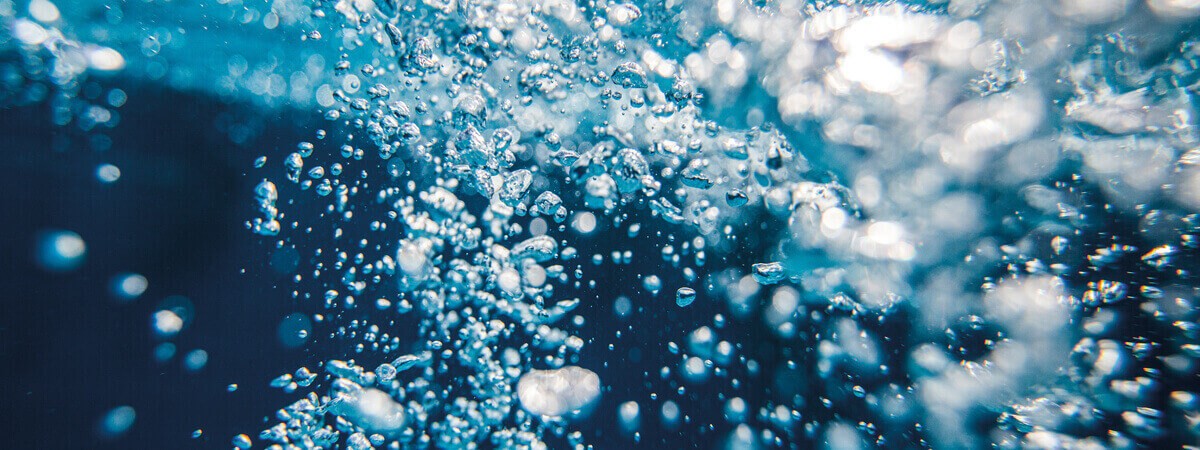Water in natural wells is not pure water. It is full of other minerals and gases that have dissolved into it over time. Vacuum solutions from Busch are used to degas water before it makes its way into the bottle.
Natural mineral water: Although this might be written on the label, all water goes through certain processes to make sure it is safe to drink. Every water source has its own unique chemical make-up, a result of the blend of dissolved minerals and gases the water contains. Minerals like sodium and magnesium are left in to give the water its distinctive taste, but gases like oxygen, carbon dioxide, and nitrogen need to be removed before the water can be bottled or used in other food or drinks.
A better taste at a later date
Water containing extra oxygen sounds a bit like the next health fad, but dissolved gases in water can cause problems. Too much oxygen leads to oxidation, causing the food or drink it is used in to spoil faster, and can even lower the nutritional value by destroying vitamin C and other antioxidants. Bringing these oxygen levels down increases the shelf life and stability of the food or drink, and means it reaches the consumer with the smell and taste that they expect.
Changing states: returning gas to vapor
But how do you get a dissolved gas out of a liquid? One way to degas water is by using vacuum. Water is drawn from the well and pumped into large degassing tanks. Here, the vacuum pumps begin their work. By putting the well water under vacuum, the dissolved gas becomes less soluble and easier to separate. The gases return to their vapor state, rise as bubbles to the top of the liquid, and are extracted, leaving behind degassed water that can be taken to the next processing stage. Busch offers virtually maintenance-free vacuum pumps that are ideal for degassing processes in the food and beverage industry, or for other systems that draw natural water.

No Gas in the Glass
Degassing mineral water with the power of vacuum
Water with a sparkle
Sparkling water seems like a recent, man-made invention – after all, the water we see around us in rivers, lakes, and seas is not carbonated. And it is true that most fizzy water has had its bubbles added. After degassing to remove the less desirable gasses, the temperature is reduced, and carbonic gas is pumped back in under high pressure, where it dissolves. When you open the bottle, this pressure is released, and the water and CO2 separate again. It comes bubbling up to the surface, giving your drink its distinctive fizz.
However, some mineral water really does come with natural bubbles. This fizz is a legacy left behind in areas that used to have active volcanoes, such as in the Eifel region in Germany. Magma cooling deep below the ground created carbon dioxide, which, on its way to the surface, bound with the water it met – replicating the same process used in mass production today, but without any human intervention.
Sparkling water seems like a recent, man-made invention – after all, the water we see around us in rivers, lakes, and seas is not carbonated. And it is true that most fizzy water has had its bubbles added. After degassing to remove the less desirable gasses, the temperature is reduced, and carbonic gas is pumped back in under high pressure, where it dissolves. When you open the bottle, this pressure is released, and the water and CO2 separate again. It comes bubbling up to the surface, giving your drink its distinctive fizz.
However, some mineral water really does come with natural bubbles. This fizz is a legacy left behind in areas that used to have active volcanoes, such as in the Eifel region in Germany. Magma cooling deep below the ground created carbon dioxide, which, on its way to the surface, bound with the water it met – replicating the same process used in mass production today, but without any human intervention.